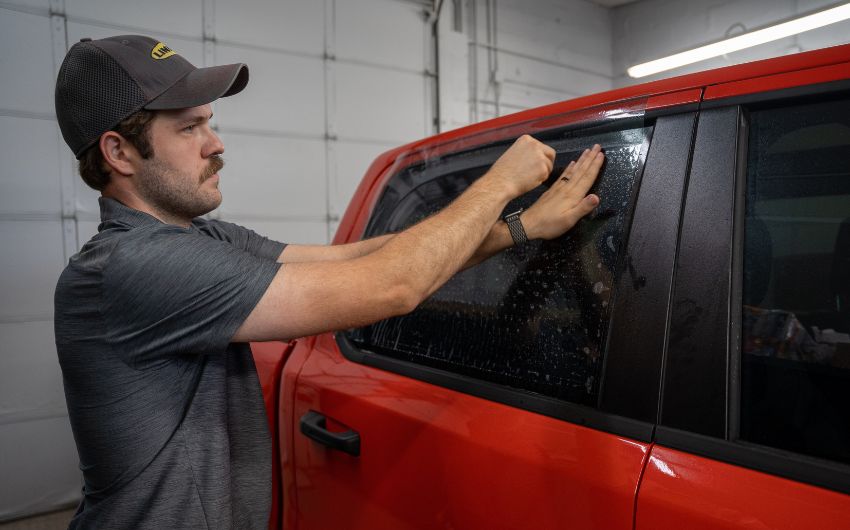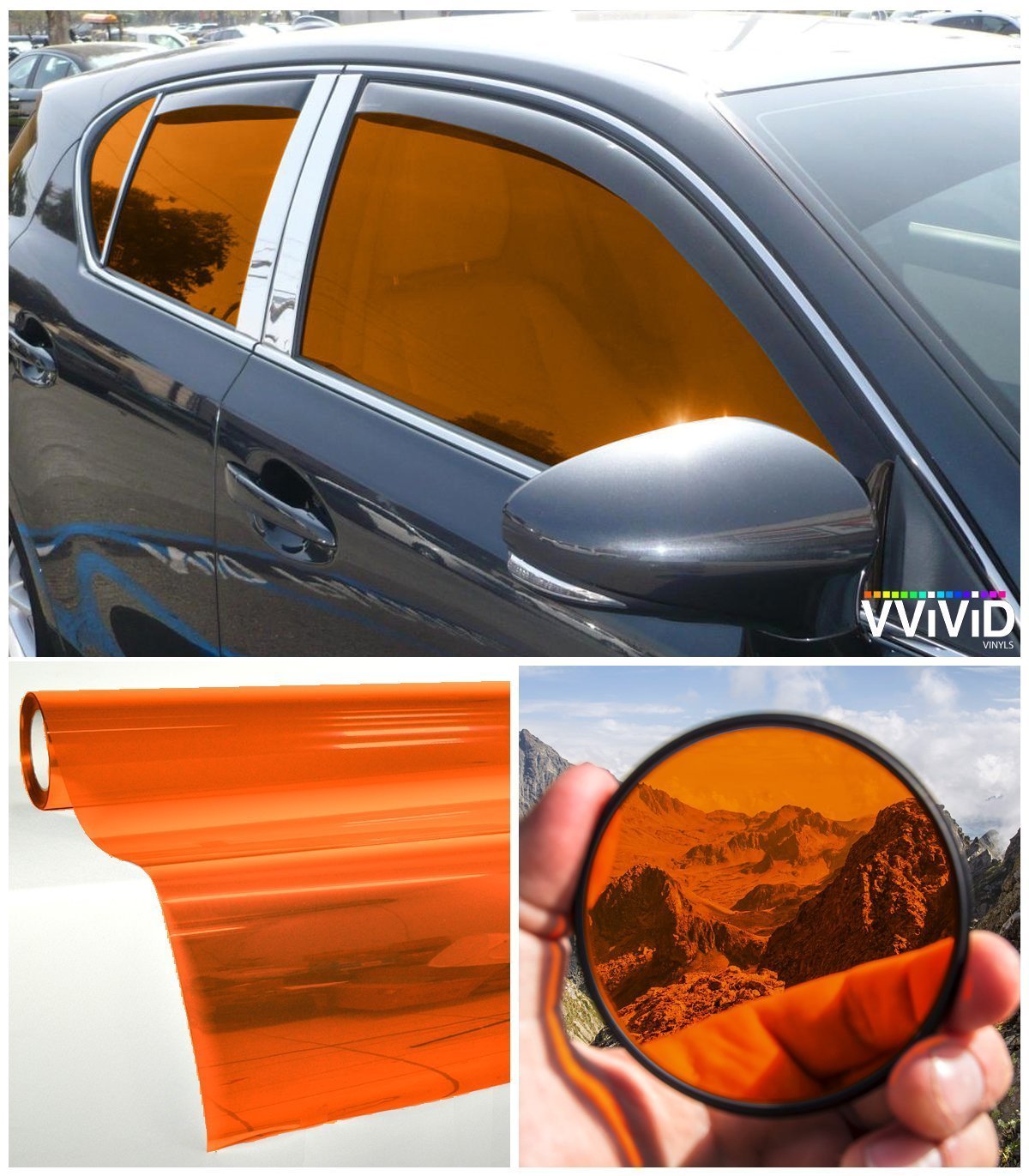Automobile Window Tinting: Tips for Preserving a Specialist End Up
Automobile Window Tinting: Tips for Preserving a Specialist End Up
Blog Article
Home Window Tinting Rules and Guidelines: What You Need to Know Before Tinting Your Auto
Prior to waging window tinting for your car, it is necessary to familiarize on your own with the varied regulations and standards that govern this technique across different states. These guidelines dictate the allowable degrees of color darkness, usually gauged by visible light transmission (VLT) percentages, and consist of specific specifications for front windshields focused on ensuring roadway safety and security. Furthermore, certain jurisdictions might supply medical exceptions for people with qualifying problems. Comprehending these complexities can save you from prospective lawful implications, however what are the details policies in your state?
Summary of Home Window Tinting Laws
Home window tinting regulations are often subject to variant across various jurisdictions, showing local guidelines and security considerations. These laws determine the acceptable levels of tint darkness and reflectiveness on lorry home windows, making sure that motorists maintain ample exposure while likewise protecting versus harmful UV rays and heat.
Most regulations identify home window tinting based on the Visible Light Transmission (VLT) percentage, which suggests the quantity of light that can go through the window. Usually, lower VLT percents indicate darker tints. Laws frequently distinguish in between the front, side, and rear home windows, with more stringent limitations used to the front windshield to enhance safety and security for both the driver and various other road individuals.
Additionally, some territories impose restrictions on the reflectivity of the tint, stopping too much glare that can harm visibility. Exceptions to these laws might exist for individuals with certain medical conditions requiring added sunlight protection. Compliance with home window tinting regulations is important, as offenses can result in penalties, necessary removal of the tint, and possible rises in insurance coverage costs. It is important for lorry owners to acquaint themselves with local regulations before proceeding with home window tinting installments.
State-by-State Tint Regulations
Recognizing the particular window tinting guidelines in each state is crucial for vehicle proprietors looking for to adhere to the legislation. Each state in the U.S. has developed its own collection of guidelines controling home window tinting, which can vary dramatically. These regulations usually dictate the permitted degrees of tint darkness, the kinds of windows that can be tinted, and any kind of clinical exemptions that might apply.
For example, states like California have rigid limitations on tint darkness for front windows, while others, such as New Mexico, may permit darker tints. Additionally, specific states mandate particular presence percents for different windows, consisting of the windscreen, front side home windows, and back windows. It is important for car owners to familiarize themselves with their state's regulations to avoid prospective penalties or charges.
Moreover, some states might need a qualification sticker label to be put on tinted windows, showing conformity with state regulations. Failure to comply with these regulations not only runs the risk of lawful repercussions yet can additionally impact security and visibility while driving. Car proprietors should conduct detailed research or get in touch with regional authorities to guarantee full understanding and conformity with state-by-state color regulations.
Allowed Color Kinds and degrees
Numerous lorry proprietors may be shocked to learn that allowed color degrees and kinds differ commonly across various states. Each state has actually developed its own guidelines concerning the permissible darkness and reflectivity of window color, commonly measured by Visible Light Transmission (VLT) portions. VLT refers to the amount of light that can travel through the colored windows; therefore, a lower percent shows a darker tint.

Furthermore, the sorts of color products allowed can differ, with some states banning metal or mirror-like surfaces. It is necessary for automobile proprietors to acquaint themselves with their state's particular laws to ensure compliance. Non-compliance can result in fines, compulsory elimination of the tint, or various other lawful consequences, making it essential to recognize these policies before waging setup.
Medical Exemptions for Tinting
While not all states provide allocations for clinical exceptions pertaining to window tinting, those that do identify the need for certain individuals to improve exposure and convenience due to clinical conditions. Numerous medical problems, such as lupus, skin cancer, and particular eye conditions, can provide people particularly delicate to sunshine. These individuals may call for darker tints to secure themselves from dangerous UV rays and glow.

It is essential to keep in mind that despite having a clinical exemption, there might still be restrictions on the level of color allowed. Conformity with state legislations makes certain that individuals are both protected and within lawful limits. Those thinking about medical exceptions ought to official statement contact their neighborhood Division of Motor Autos or comparable authority to comprehend the treatments and requirements required to obtain an exemption effectively.
Fines for Non-Compliance
Stopping working to adhere to home window tinting laws can result in significant fines, which vary by state. Law enforcement companies are equipped to release citations for vehicles that do not comply with the specified tinting guidelines. These fines typically include fines, which can range from small amounts to several hundred bucks, relying on the intensity of the offense and the state in concern.
In some jurisdictions, duplicated offenses may lead to rising penalties or extra fines, such as required court appearances. In addition, non-compliance may necessitate anonymous the removal of unlawful tinting, frequently at the proprietor's cost. In extreme situations, regular culprits might encounter suspension of their automobile registration up until conformity is attained.
Furthermore, insurance ramifications might emerge from getting numerous citations for home window tint violations. Insurance providers may see such infractions as an indication of riskier habits, potentially causing raised costs or difficulty in coverage.
To prevent these charges, it is essential for car owners to familiarize themselves with their neighborhood home window tinting regulations and make sure that their car complies (Window Tinting). This aggressive strategy not just prevents legal ramifications however also advertises road security
Final Thought

Many regulations categorize window tinting based on the Visible Light Transmission (VLT) portion, which indicates the quantity of light that can pass with the home window. Conformity with home window tinting regulations is essential, as infractions can result in fines, compulsory elimination of the color, and possible rises in insurance policy premiums.Understanding the details Check Out Your URL window tinting regulations in each state is essential for vehicle proprietors seeking to conform with the legislation. These policies usually determine the allowable degrees of tint darkness, the kinds of home windows that can be tinted, and any type of medical exemptions that might apply.
For circumstances, states like The golden state have rigorous limitations on tint darkness for front windows, while others, such as New Mexico, might allow darker tints.
Report this page